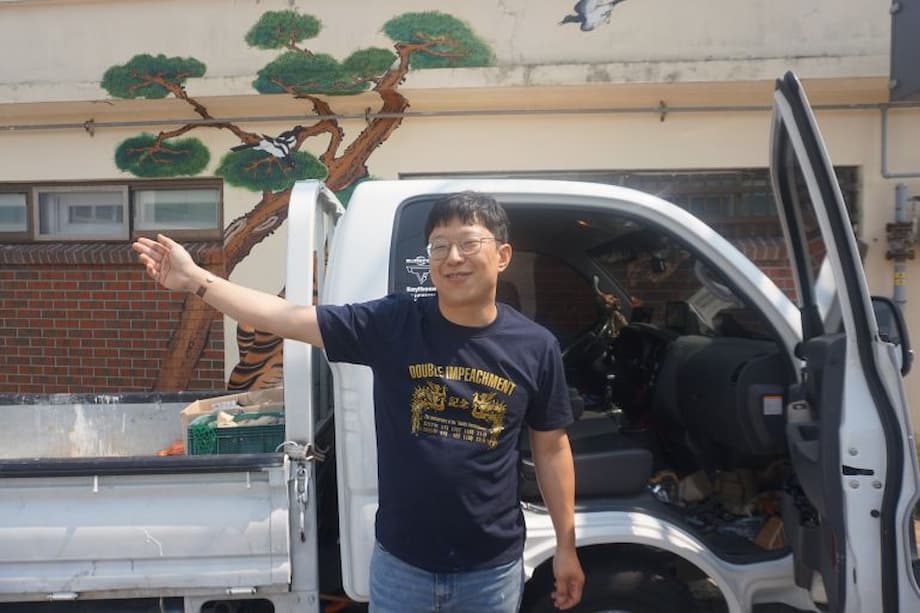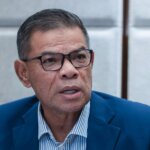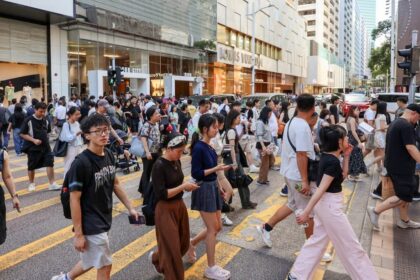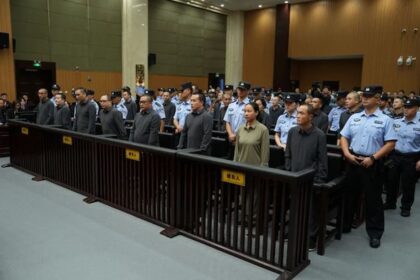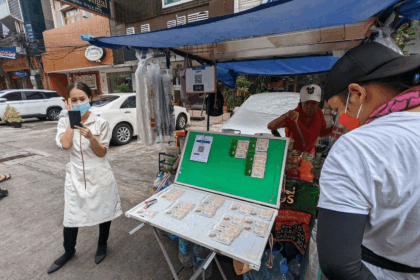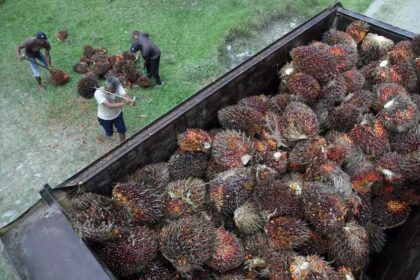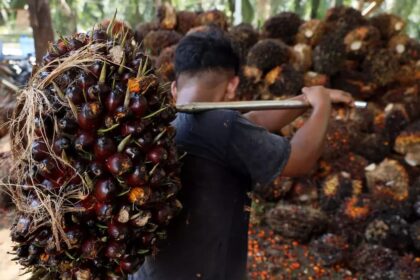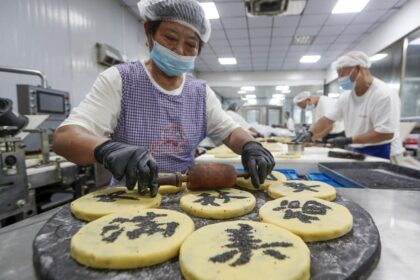Young South Koreans Are Leaving Seoul: Searching for Community and a Better Life
Seoul, South Korea’s bustling capital, has long been seen as the epicenter of opportunity, culture, and economic growth. Yet, a growing number of young South Koreans are turning their backs on the city, seeking a different kind of life in smaller towns and rural communities. The story of Kim Ji-ung, who left Seoul for Mokpo’s ‘Don’t Worry Village,’ is emblematic of a wider trend that is reshaping the country’s demographic landscape and challenging deeply rooted social norms.
- Young South Koreans Are Leaving Seoul: Searching for Community and a Better Life
- Life in Seoul: Opportunity or ‘Hell Joseon’?
- Why Are Young People Leaving Seoul?
- ‘Don’t Worry Village’: A New Model for Community
- Government Response: Can Policy Reverse the Trend?
- The Broader Context: Migration, Youth, and Social Change in Asia
- Challenges and Limitations: Why the Exodus May Continue
- What Would It Take to Reverse the Trend?
- In Summary
For decades, South Korea’s rapid economic development was built on urbanization and relentless work ethic. But today, the very model that powered the nation’s rise is driving a crisis of loneliness, declining birth rates, and regional depopulation. What is pushing young people out of Seoul, and what are they finding in places like Mokpo?
Life in Seoul: Opportunity or ‘Hell Joseon’?
Seoul is a city of contrasts. On one hand, it boasts world-class infrastructure, a vibrant cultural scene, and the lion’s share of the country’s jobs. On the other, it is notorious for its sky-high housing costs, punishing work culture, and social isolation. Many young adults refer to the city’s lifestyle as ‘Hell Joseon’—a term that captures their sense of being trapped in a hyper-competitive, unforgiving society.
Kim Ji-ung’s experience is typical. Working long hours and living alone in a tiny apartment, he felt increasingly isolated. The sudden death of a friend prompted him to reconsider his priorities. “I realized I was just surviving, not living,” Kim said in an interview. He is not alone: surveys show that single-person households in Seoul report some of the highest rates of loneliness and social isolation in the country.
Despite government efforts to address these issues—such as the ‘Seoul Without Loneliness’ initiative, which invests in support services and promotes youth communities—many young people still feel disconnected. The city’s intense work culture, unaffordable housing, and limited social safety nets have made it difficult for young adults to envision a fulfilling future there.
Why Are Young People Leaving Seoul?
The exodus from Seoul is driven by a complex mix of economic, social, and psychological factors:
- Housing Costs: Real estate prices in Seoul are among the highest in the world, making homeownership an unattainable dream for many young people.
- Work Culture: South Korea has one of the longest workweeks among developed countries. The expectation to work overtime and prioritize the company over personal life is deeply ingrained.
- Social Isolation: The rise of single-person households and the decline of traditional community structures have left many young adults feeling alone.
- Declining Birth Rates: The country’s fertility rate is the lowest in the world, at just 0.78 children per woman—far below the 2.1 needed for population stability. High living costs, job insecurity, and gender inequality are major factors.
As a result, many young South Koreans are seeking alternatives—either by moving to smaller cities and rural areas or by emigrating abroad in search of a better work-life balance and less societal pressure.
‘Don’t Worry Village’: A New Model for Community
One of the most notable responses to these challenges is the emergence of intentional communities like ‘Don’t Worry Village’ in Mokpo. Founded by Hong Dong-joo, who also left Seoul in search of a better quality of life, the village aims to provide the sense of community that many feel is missing in modern South Korean society.
Supported by government sponsorship, Don’t Worry Village offers financial assistance, workshops, and a supportive environment for young people looking to relocate. The goal is not just to provide affordable housing, but to foster genuine social connections and a slower, more meaningful pace of life.
Kim Ji-ung, who now runs his own maintenance business in Mokpo, describes the change as transformative. “Here, I feel like I belong. I have friends, a purpose, and time to enjoy life,” he says. Others who have made the move echo his sentiments, reporting improved well-being and stronger social ties.
How the Village Works
Don’t Worry Village is more than just a housing project. It is a community-building experiment that includes:
- Workshops and training sessions to help newcomers develop skills and adapt to rural life
- Shared spaces for socializing and collaboration
- Mentorship and peer support networks
- Events and activities designed to foster a sense of belonging
The village has inspired similar initiatives across South Korea, as more young people look for alternatives to the pressures of city life. However, the transition is not always easy. Most jobs and infrastructure remain concentrated in Seoul, and only a small fraction of those who attend workshops in youth villages actually make the move.
Government Response: Can Policy Reverse the Trend?
South Korea’s government is acutely aware of the demographic crisis facing the country. In addition to the ‘Seoul Without Loneliness’ campaign, authorities have launched a range of policies aimed at revitalizing regional areas and supporting young families. These include:
- Financial incentives for families who move to rural areas
- Subsidies for housing and childcare
- Investment in local infrastructure and job creation
- Programs to foster community and social support networks
Despite these efforts, reversing the migration to Seoul has proven difficult. The capital and its surrounding metropolitan area still hold more than half of the country’s population, packed into just 12% of the land. In 2023, the population gap between metropolitan and non-metropolitan areas reached a record high.
Some regional cities, facing the threat of extinction due to depopulation, have even begun to welcome facilities like prisons, incineration plants, and military bases—once considered undesirable—in hopes of stabilizing their populations and boosting local economies. This shift from a ‘not in my backyard’ (Nimby) to a ‘yes in my backyard’ (Yimby) mindset underscores the desperation of many communities.
The Broader Context: Migration, Youth, and Social Change in Asia
The phenomenon of youth migration is not unique to South Korea. Across Asia, young people are on the move—seeking education, work, and new freedoms in a rapidly changing world. Academic research highlights the diversity of migration experiences, from educational migrants and second-generation youth to stateless or undocumented children.
In South Korea, migration has traditionally been viewed through an economic lens, with less attention paid to the rights and well-being of young people. However, the rise of communities like Don’t Worry Village signals a shift toward prioritizing social support and quality of life.
Elsewhere in the region, migration is often driven by economic precarity, environmental pressures, and the search for better opportunities. In Southeast Asia, for example, climate change and poverty are pushing families to migrate, sometimes leaving children behind in vulnerable situations. These stories highlight the need for policies that address the root causes of migration and support the well-being of young people, whether they stay or leave.
Challenges and Limitations: Why the Exodus May Continue
While villages like Don’t Worry Village offer hope, significant challenges remain. The concentration of jobs, education, and infrastructure in Seoul makes it difficult for young people to build sustainable lives elsewhere. Many who attend workshops or visit rural communities ultimately return to the city, unable to find work or adapt to the slower pace of life.
Others choose to leave the country entirely, seeking opportunities abroad where they perceive less judgment and a better work-life balance. The experience of Korean youth in diaspora communities, such as those in Vancouver, Canada, shows that migration can also be a way to find community and identity outside the pressures of South Korean society.
Meanwhile, the country’s demographic crisis continues to deepen. With a rapidly aging population and a fertility rate far below replacement level, many regions are at risk of disappearing altogether. In 2021, 89 out of 229 municipalities were designated as ‘at risk of disappearing.’
What Would It Take to Reverse the Trend?
Experts agree that addressing South Korea’s demographic and social challenges will require more than financial incentives or isolated policy fixes. Fundamental changes are needed in areas such as:
- Work Culture: Reducing working hours, promoting work-life balance, and challenging the culture of ‘workism’ that prioritizes jobs over family and personal fulfillment.
- Gender Equality: Expanding opportunities for women in the workforce, promoting shared parenting, and dismantling deeply rooted patriarchal norms.
- Affordable Housing: Making it possible for young people to own homes and start families without crippling debt.
- Social Support: Building stronger community networks and support systems, both in cities and rural areas.
Countries like France and Denmark have managed to maintain higher fertility rates through gender equality and more relaxed work cultures. South Korea’s experience suggests that without similar changes, the exodus from Seoul—and the broader demographic crisis—will likely continue.
In Summary
- Young South Koreans are leaving Seoul due to high living costs, intense work culture, and social isolation.
- Intentional communities like Don’t Worry Village in Mokpo offer an alternative, focusing on social connection and well-being.
- Government policies have tried to address loneliness and regional decline, but most jobs and infrastructure remain in the capital.
- South Korea faces a demographic crisis, with the world’s lowest fertility rate and many regions at risk of disappearing.
- Experts say fundamental changes in work culture, gender equality, and social support are needed to reverse these trends.


